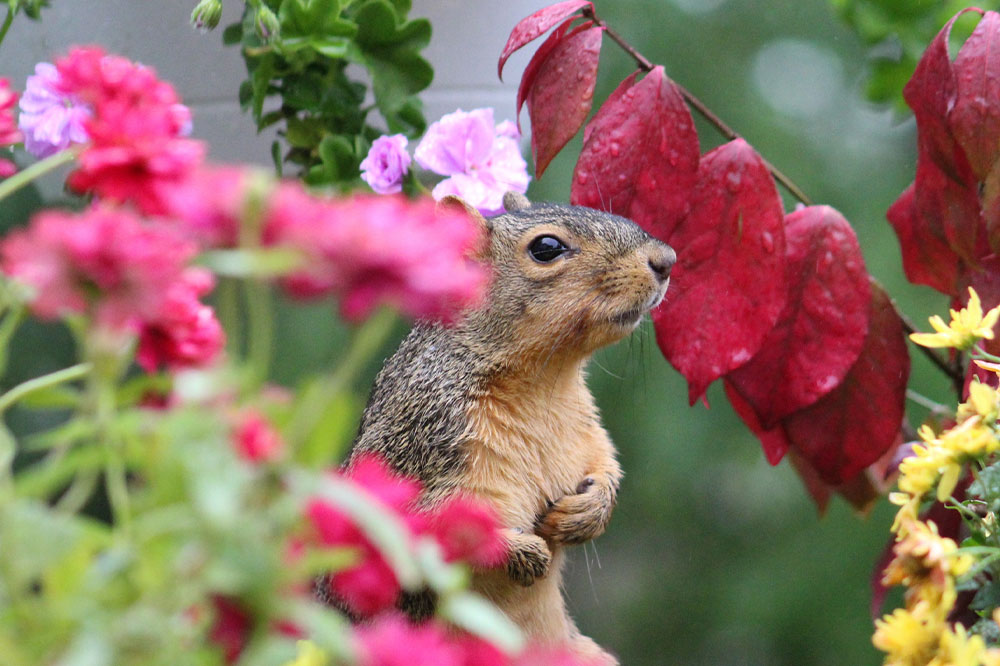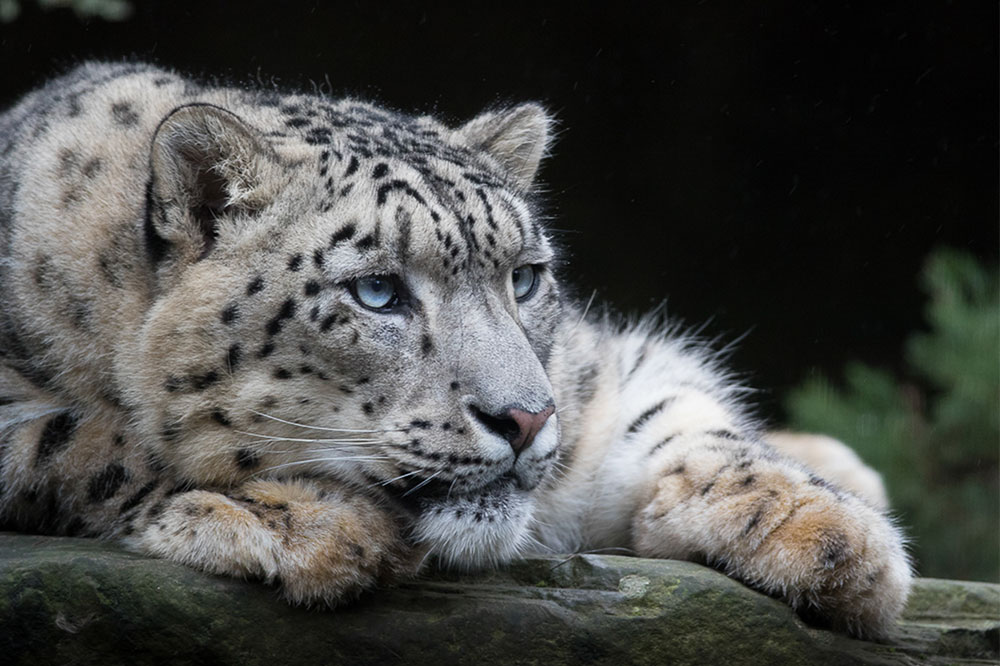Comprehensive Guide to Plants and Wildlife
This comprehensive article explores the essential roles of flora and fauna in maintaining ecological balance. It highlights their significance in oxygen production, food chains, soil preservation, medicine, and tourism. Emphasizing conservation, the piece underscores human responsibility in protecting these vital natural assets for future sustainability.

Comprehensive Guide to Plants and Wildlife
Our planet is composed of both living organisms and inanimate elements, typically categorized as biotic and abiotic. Abiotic factors include water bodies, mountains, and plateaus, while the living components comprise the vibrant world of flora and fauna that thrive on Earth. These living beings are vital for human existence, forming the foundation of life on our planet. Let’s explore what flora and fauna are and learn more about their significance.
What do flora and fauna mean?
To understand these terms, let's start with their definitions.
Flora
The word 'flora' originates from Latin, denoting the goddess of flowers.
This term encompasses all plant life and natural vegetation, including native plants, algae, fungi, and more.
Flora can be classified based on factors like:
Climate conditions
Time period
Specific environmental conditions
For example, the English Oak is native to the United Kingdom. Flora also includes plants cultivated for specific uses such as agriculture or medicine. Ornamental plants grown for decoration are termed garden flora. Some plant species, like weeds, are considered unwanted.
Fauna
‘Fauna’ or ‘faunas’ signifies the goddess of fertility. The word may also originate from ‘fauns,’ referring to forest spirits.
This term refers to the animal populations within a specific location or timeframe. Carl Linnaeus was the first to coin the term fauna in the 1700s.
Similar to flora, fauna is divided into subcategories, which are more complex due to animal diversity. These include:
Bird species (Avifauna)
Fish species (Piscifauna)
Microorganisms like viruses and bacteria (Microfauna)
Unexplored or unknown animals (Cryptofauna)
Why are flora and fauna important?
Understanding their vital role is crucial. The ecosystem relies on intricate connections where each organism contributes to the cycle of life. All living forms are essential in maintaining environmental harmony and supporting human life.
Here’s an overview of their significance:
Ecological stability
Flora and fauna sustain the planet's balance. Plants produce oxygen needed by animals, while animals respire carbon dioxide necessary for plant growth. This exchange supports a healthy atmosphere. Flora also enriches soils and purifies water, aiding environmental health.
Sources of nutrition
Many species serve as food sources for each other and humans. Plants are primary sources of food, while insects and birds assist in seed dispersal and pest control, promoting plant growth and food security.
Protection against erosion and natural disasters
Vegetation stabilizes soil through roots, preventing erosion and mitigating floods or landslides. Healthy plant cover safeguards water quality by reducing sediment runoff into water bodies.
Medicinal resources
Plants have been used throughout history for their healing properties—rich in compounds like antioxidants with anti-inflammatory and antimicrobial benefits, supporting health and recovery.
Economic and tourism benefits
Wildlife and lush vegetation attract travelers, boosting local economies. For instance, the forests in the Caribbean and Amazon draw numerous visitors, while species like Siberian tigers and Australian koalas contribute to eco-tourism.
However, human activities such as habitat destruction and poaching threaten many species. Conservation efforts are essential to preserve these natural treasures and ensure sustainable survival.





